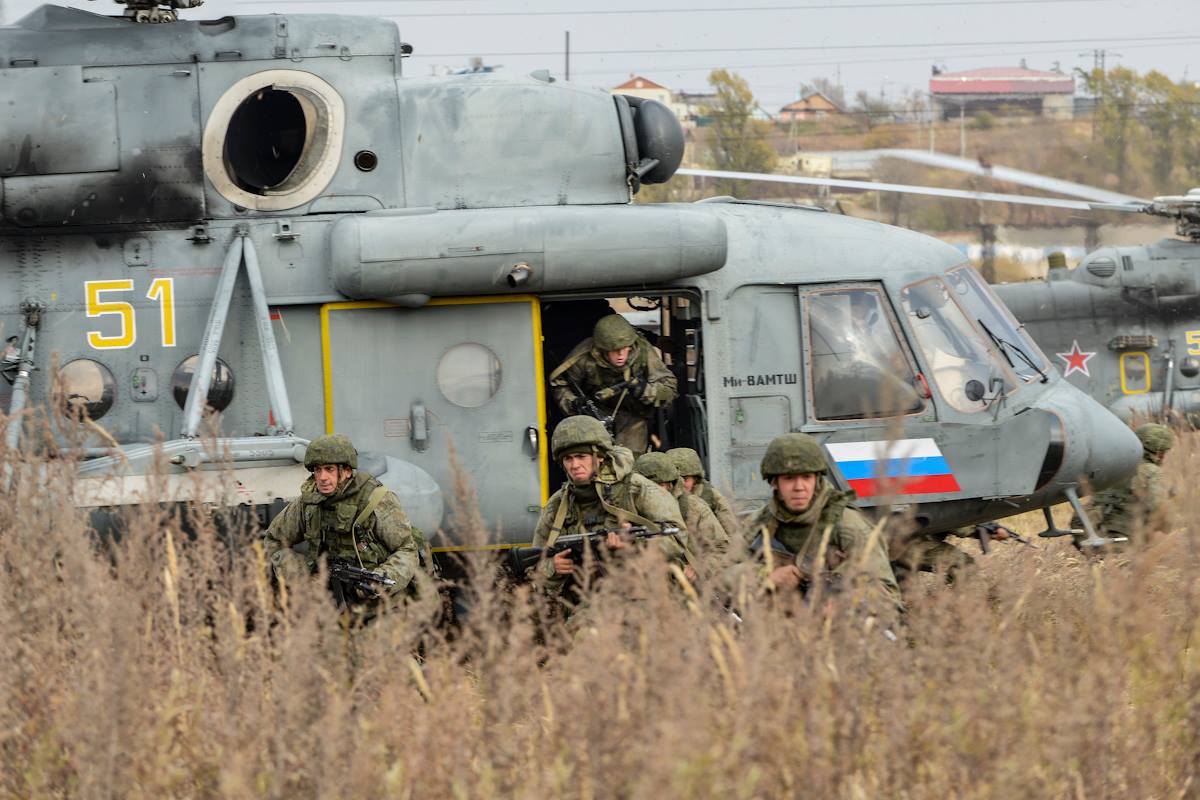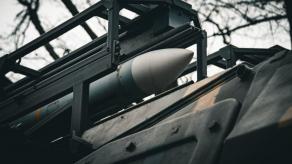Military mobilization, which the Kremlin decided to carry out at an extremely fast pace and plans to call up several hundred thousand people in the first few days, has already caused great skepticism in the ability of the Kremlin to digest such a replenishment.
At the same time, Defense24 in the article reminded of an extremely important thing: the real readiness level of units and formations of the russian army in accordance with their readiness for mobilization. The fact is that when it comes to conditional brigades and regiments, they do not always have the same operational readiness for combat operations, a full staff and the entire set of weapons and equipment.
Read more: Ukrainian Air Defense Takes Down Four More Iranian Shahed-136 Drones: With Only Two Missiles
Rapid response forces or immediate combat readiness forces are part of russia’s armed forces, which in peacetime were staffed exclusively by contractors and equipped with weapons and military equipment at the level of 90%. If we do not take the strategic forces, aviation, navy and air defense, then first of all we are talking about airborne troops, special purpose units and some armored, motorized rifle and artillery units. Their readiness for combat operations was measured in hours from the alarm signal.

Units with a high degree of combat readiness: 50% of equipped personnel, mainly from contractors, with weapons and military equipment. Their readiness is measured from the alarm signal and the moving to positions was measured in several days. Since 2017, the russian federation has made considerable efforts to increase the level of training and their equipment.

Regular units or units of low combat readiness: the number of personnel from 10% to 50%, a large part of conscripts. Most of the equipment and weapons are in long-term storage. According to the regulations, they were supposed to be deployed into full-fledged units in 3-4 weeks.

Newly formed military units: no active personnel, equipment and weapons stored at material support bases. The condition of these bases is well known and are usually just scrap metal dumps.
The command core of such units had to be formed by regular and reserve officers who were transferred from other units.

Reserve training certers are deployed on the bases of line military units where training of personnel who have not completed military service is carried out.
Defense Express notes that this distribution since the times of the USSR was quite thought out from the point of view of carrying out mobilization measures. In particular, in the event of war, there was mobilization announced, and it had to take place in stages: units with a high level of readiness were supplemented, staff units were deployed and training centers were loaded.
This stage sequence was immediately broken, and the situation for russians became even worse. In particular, the Armed Forces of Ukraine destroyed a significant part of units of direct combat readiness (primarily airborne) and the core of units with a high degree of combat readiness.

In order to replenish these losses, the russian federation has been conducting a covert mobilization for six months. But instead of deploying personnel units, this process proceeded by direct sending replenishment of units on the front line, additional staffing of existing units, and the actual formation of new units: all kinds of volunteer units and even separate armies in the middle of armies. In particular, Wagner Grouo servicemen are not in the armed forces at all, but they have everything, including attack aircraft. This has already brought some distraction to the mobilization system, because the main thing in this process is the planning of resources and time.
All plans are based on the fact that the units receive reservists either in places of permanent deployment or in emergency areas. That is, the plan also indicated when, how many, in what specialties and to which units the reservists were to enter. Weapons, uniforms and, most importantly, training were prescribed.
So, we have a situation where russians do not have a plan for reservists. "They don't have many units to be trained, they don't have commanders to command them, and they don't have enough equipment (certainly not three hundred thousand) for training," the publication writes, but emphasizes that the size of this threat should not be underestimated.
Read more: These russian T-62 Equipped with ERA Modules Instead of 'Grills', Still Worse Than 'Serial' Variant














